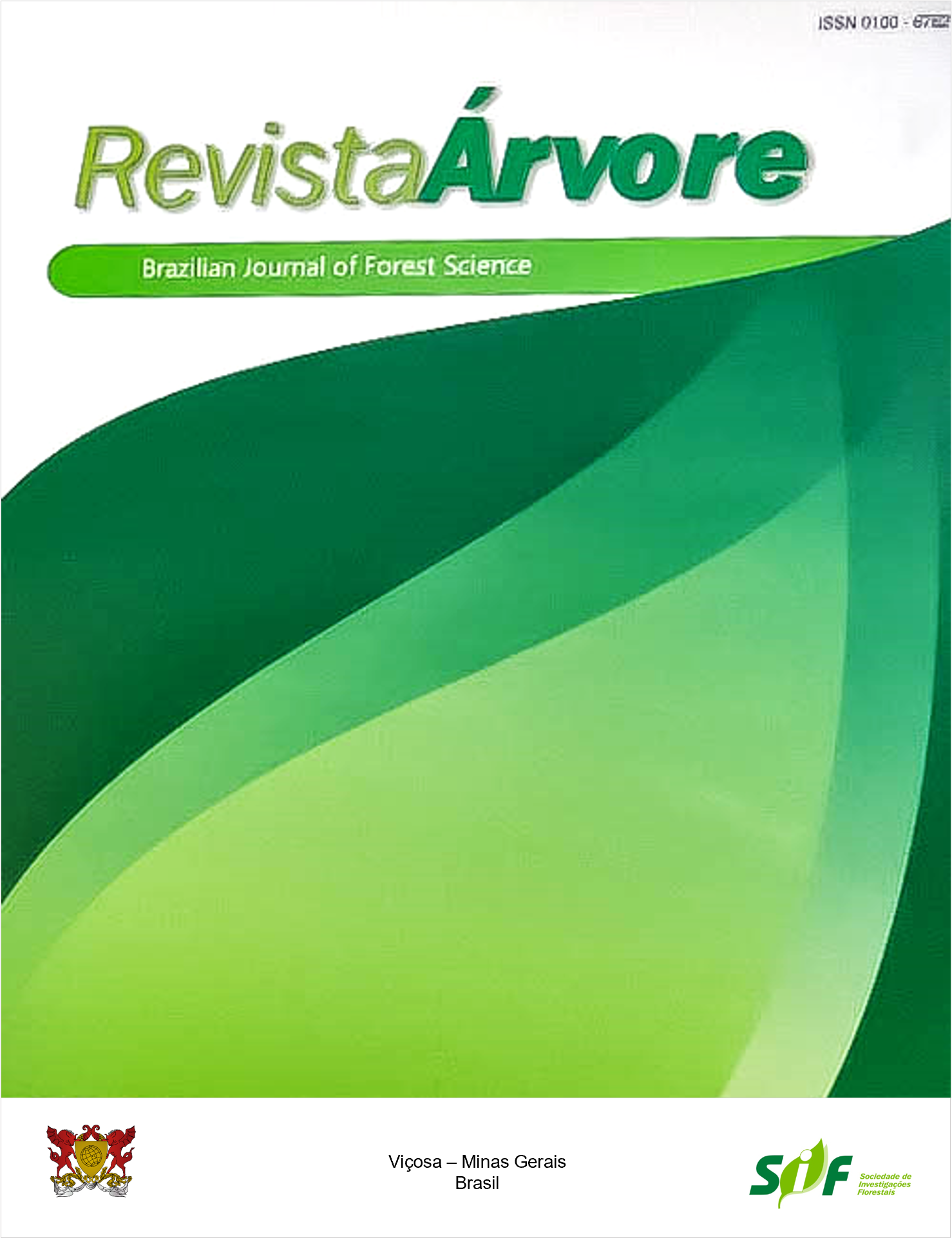In vitro ESTABLISHMENT OF Eucalyptus AND Corymbia SPECIES FROM EPICORMIC SHOOTS
Keywords:
Shoot induction , In vitro culture, Vegetative propagationAbstract
The importance of Eucalyptus and Corymbia has been evident in forestry programs, mainly due to their adaptation to various environmental conditions and the multiple products that can be obtained. As the selection and cloning of superior individuals are usually performed in adulthood, the development and adaptation of the vegetative propagation techniques that enable the rescue and in vitro establishment of species are necessary. Thus, the present study aimed to induce epicormic shoots from pruned branches of adult trees and to promote the in vitro establishment of nine species: six of Eucalyptus and three of Corymbia. The material used to obtain the explants came from the selection of two 44-year-old mother plants of each species, from species, and provenance tests. The number of buds and shoots of each branch was evaluated at 15, 25, 35, and 45 days after the beginning of the experiment in a greenhouse. According to the results, the induction of epicormic shoots from pruned branches was considered a viable and efficient technique to obtain propagule sources from adult mother plants of all species, presenting a gradual increase in the evaluated characteristics over time. Also, in vitro culture is an effective alternative to improve the propagation of the evaluated species, with an establishment of up to 62.5%. However, for Corymbia citriodora (Hook.) K.D. Hill & L.A.S Johnson and Eucalyptus tereticornis Smith it is necessary to develop further studies to enable the in vitro establishment.
Keywords: Shoot induction; In vitro culture; Vegetative propagation
Downloads
Published
How to Cite
Issue
Section
License
Copyright (c) 2021 Revista Árvore

This work is licensed under a Creative Commons Attribution 4.0 International License.
All authors agreed to submit the work to Revista Árvore and granted the exclusive license to publish the article. The authors affirm that it is an original work and has not been previously published elsewhere. The scientific content and opinions expressed in the article are the sole responsibility of the authors and reflect their opinions, not necessarily representing the opinions of the editorial board of Revista Árvore or of the Society of Forest Investigations (SIF).




